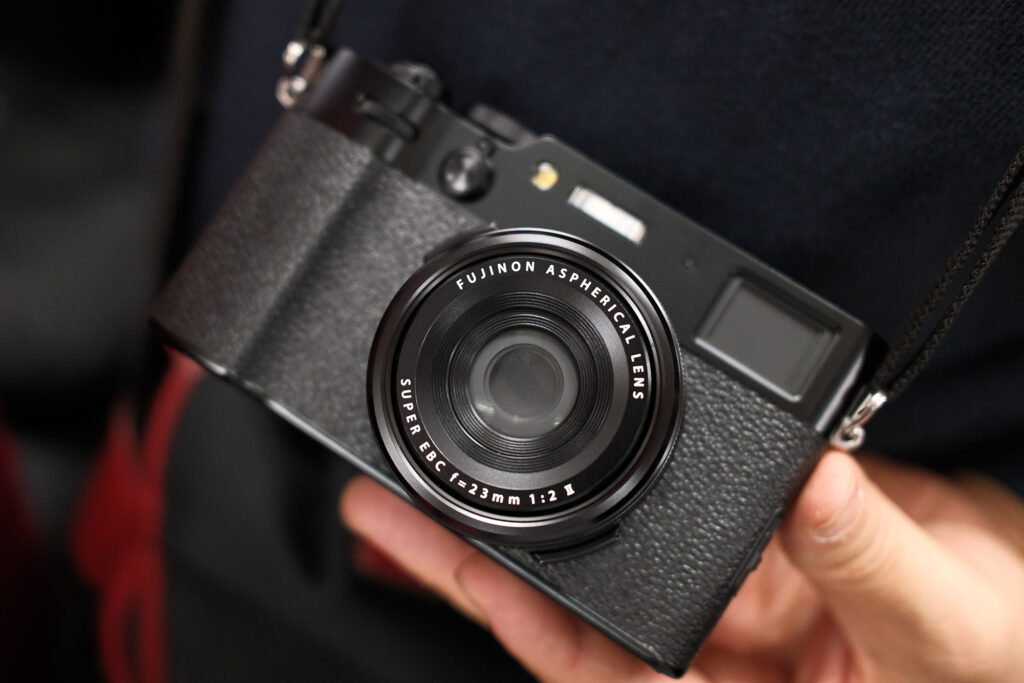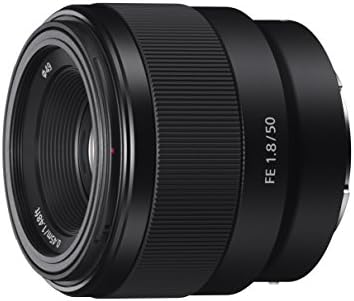The X100 series, the originator of the Fujifilm X series, has finally been updated. After five generations, the sixth-generation X100 will be officially released on February 20, 2024. In the era of mirrorless cameras, Fujifilm needs to be praised for still not giving up on portable models. The homogeneity of camera products is too serious, and rich product types are what is most needed at the moment. Fujifilm has done this. I think this is the responsibility of a camera brand to this market and to consumers. Compared with product development that focuses more on sales, Fujifilm has indeed shown sincerity and given surprises. Let’s talk about this new camera.
Two major hardware evolutions
The appearance of this product X100VI is almost the same as that of the previous generation. However, as the latest generation product, it has achieved two major upgrades:
Equipped with the fifth generation core, the pixels are increased to 40.2 million
The 2010-generation X100 used 12-megapixel CMOS, and the fifth-generation X100V in 2020 used 26-megapixel CMOS. After ten years, the number of pixels has only increased by 14 million. The EOS 90D, which is also an APS-C format and was released a year earlier than the X100V, already used 30 million-level CMOS that year.
Finally, today, 4 years later, the X100VI is equipped with the 40.2-megapixel CMOS that shines on the X-H2, becoming one of the models with the highest pixels among APS-C format models.
At the same time, the X100VI is also equipped with Fujifilm’s fifth-generation processor. The high-speed processor can allow 40-megapixel level data to run smoothly, while obtaining better algorithms and better image quality performance.

Equipped with an anti-shake system that provides 6 levels of anti-shake compensation
Although the first five generations of X100 were positioned as portable digital cameras and were designed more for users to hold and shoot at any time, they were not equipped with an anti-shake system. The most likely reason for this decision is that the designer believes that the anti-shake component will increase the thickness and weight of the body. At the same time, because the camera’s 23mm lens has an equivalent focal length of 35mm, anti-shake is not mandatory.
But after the X100VI, the pixels have been greatly improved. Such high pixels rely heavily on anti-shake components when shooting handheld, so it has become inevitable for new phones to be equipped with an anti-shake system. The new anti-shake system can achieve 6 stops of compensation effect. With the maximum F2 aperture lens, almost all scenes can be shot handheld.
It is worth mentioning that through a reasonable internal layout, the X100VI has successfully equipped an anti-shake system without changing the size and weight of the camera. Compared with the X100V, the length and height dimensions of the X100VI are the same as the previous generation. Only the thickness has increased by 2mm, and the weight has only increased by less than 50g.

Multiple performance upgrades
In addition to the hardware, X100VI is also full of sincerity in details, and the upgrades of various performance functions can meet the needs of more consumers.
Support AI focusing and multiple subject detection
After being equipped with the fifth-generation core, the focusing performance of the X100VI has also reached its peak. In addition to the significant improvement in focusing speed and accuracy, it can also perform subject recognition, making daily shooting easier.
Support 6.2K 30P video recording
Supports high-speed continuous shooting at 11 frames/second with mechanical shutter and 13 frames/second with electronic shutter under full pixels
Supports 20 film simulation modes
Fujifilm has added REALA ACE mode to the 19 film simulation modes. This is one of Fujifilm’s most famous negative films. It had countless fans back then. Even today, many film players still miss the soft mid-band brought by REALA. There is a sense of coldness. The X100VI is equipped with this film simulation mode, and upon release it became one of the models equipped with all 20 film simulations.
Tests brought by new products
The global release price of X100VI is US$1,599, to be honest, my first impression is that the price is a bit expensive. If it is less than $1,300, it will have a huge advantage. In addition, during this period, almost all manufacturers, including Fujifilm, were more or less out of stock. If this situation persists, it is very likely that consumers will need to pay a price increase when they are sold domestically at this price. Purchase, in this way, the advantage of X100VI compared to other competing products may become smaller.
The price has been announced. The test for Fuji is how to control the price after the domestic launch and how to ensure sufficient supply. I hope that in the second year after the epidemic, Fuji can also get better and better in terms of production capacity like its products.
Summarize
After going through a series of development stages from film to digital SLR, and from digital SLR to mirrorless camera, the product releases of camera manufacturers are increasingly unable to arouse people’s surprises. But the release of X100VI still made me feel excited for a long time. Although it is a camera with non-interchangeable lenses, although it is not full frame, although it only has a single card slot, and although its audience is not large enough, it cannot be explained in any case. Cameras like this should be thrown away. On the contrary, today’s camera market is in need of excellent and diversified products, and X100VI is just such a product.












Leave a comment